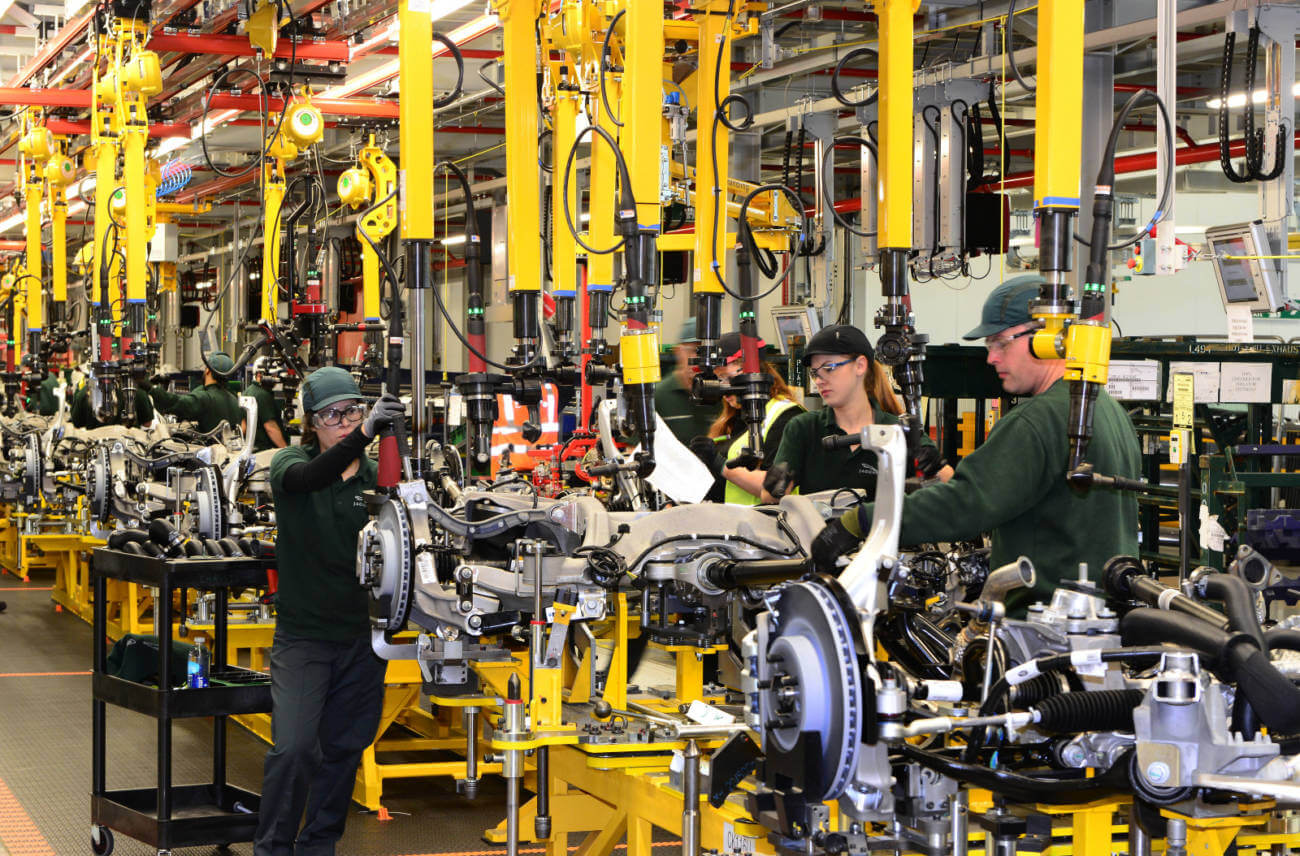British factories were left out of a demand-driven surge in activity across much of Asia and Europe in June, as weakness in sterling failed to translate into export growth, surveys showed.
Factories in the euro zone rounded off the first half of 2017 by ramping up at the fastest rate for over six years while Asia’s tech-manufacturing economies were helped by growing global demand for electronics products.
But British manufacturing grew more slowly than anyone polled by Reuters expected as consumers faced the double-hit of accelerating inflation – caused in large part by the fall in the pound since last year’s vote to leave the EU – and slowing wage growth.
Monday’s survey suggested the supposed silver lining of a weakened pound – more competitive exports – is proving elusive and could make Bank of England officials think twice about raising interest rates.
The Markit/CIPS UK Manufacturing Purchasing Managers’ Index (PMI) fell to 54.3 from a downwardly-revised 56.3 in May, a three-month low and below all forecasts in a Reuters poll of economists that pointed to a reading of 56.5. A reading above 50 indicates growth.
“The decline in the PMI in June robustly challenges hopes that manufacturing and exports will pick up and offset the consumer spending slowdown. Today’s manufacturing report weakens the case for raising interest rates soon,” said Samuel Tombs at Pantheon Macroeconomics.
June’s manufacturing PMI for the euro zone rose to 57.4, its highest since April 2011 and up from May’s 57.0.
Suggesting the bloc’s momentum will continue into the second half, new orders rose at the fastest rate since early 2011, backlogs of work increased at the fastest pace in over 13 years, raw materials were depleted and factories increased headcount at a near-record pace.
The upturn came alongside factories increasing prices, as they have done for nine months, welcome news for policymakers at the European Central Bank who have been battling for years to get inflation back to their 2 percent target ceiling.
Inflation was a stronger-than-expected 1.3 percent in June, official flash data showed on Friday, and while still below target, recent strong economic data meant ECB chief Mario Draghi last week raised the prospect of policy tightening.
In Britain, central banker have started to signal that a first rate hike in a decade might be approaching to help curb the sharp rise in inflation.
BoE Governor Mark Carney says he is watching to see how the economy copes with the launch of Brexit talks and whether weakness among consumers could be offset by investment and exports.
Asia acceleration
Private sector surveys of manufacturers in Asia showed factories in China, South Korea, Japan and Taiwan picked up in June, driven largely by a recovery in exports.
But continued declines in energy prices, which weighed on manufacturing in Indonesia and Malaysia, could hurt these two economies, while in India, sluggish domestic demand offset strong foreign demand and led to a slowdown.
Europe shares start third quarter with solid gains, dollar up
Euro zone factories round off first half of 2017 on six-year high: PMI
Factory PMIs for South Korea, Japan, Taiwan Vietnam and India all remained above 50. And all of them, except for Japan and India, rose from May.
Also in the news: India launches massive tax reform as businesses brace up for tough time
“But the ability for manufacturers to continue to accelerate, or to maintain sharp surges in production, is in question given underlying demand, apart from some bright spots, doesn’t seem to have permeated more widely across the different sectors,” said Vishnu Varathan at Mizuho Bank.
While manufacturing expanded at the fastest pace in three months in June in China, business confidence slumped to its lowest level this year amid a government crackdown on debt risks and tightening financial conditions.
“We believe cyclical momentum (in China) has likely peaked and will ease further due to tighter financial conditions,” Yin Zhang and Helen Qiao at Merrill Lynch wrote in a note.
“Looking ahead, since overall growth is still higher than the policy target level at around 6.5 percent for real GDP, we expect policy makers to maintain the tightening bias in (the second half), which is likely to impose downward pressure on growth until early 2018.”
In Japan, confidence among big manufacturers hit its highest level in over three years in June, according to a survey from the central bank published on Monday.
Courtesy Reuters


